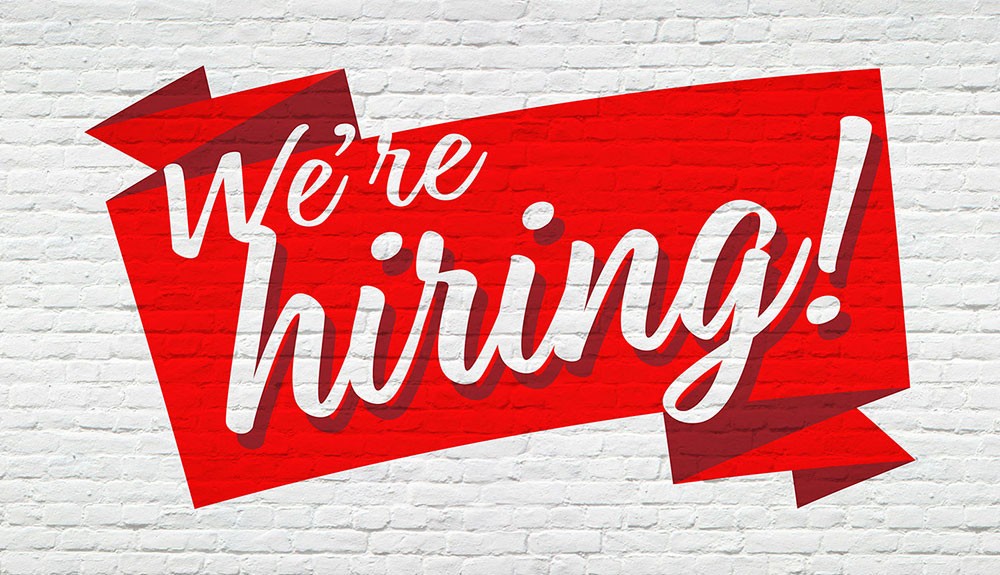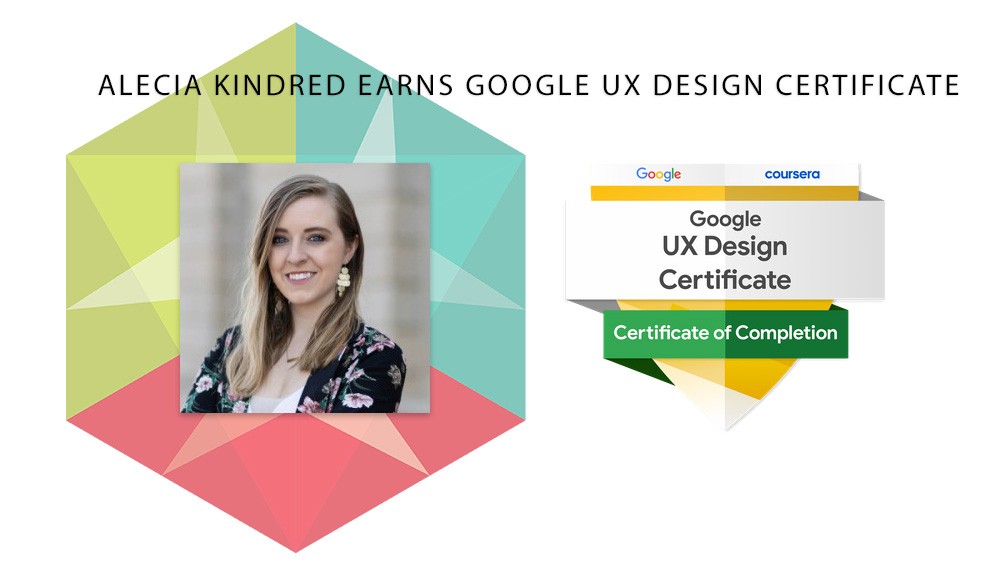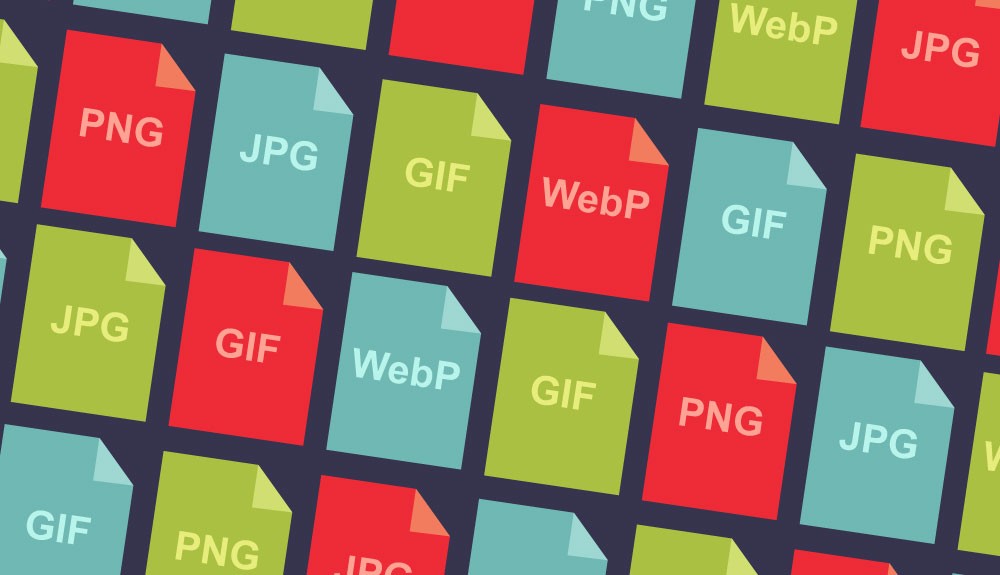How I (Painstakingly) Made My Own Virtual Reality Viewer
Virtual reality. The phrase alone conjures images of visor-like goggle helmets and poorly animated computer graphics.
Sure, at one point, the technology seemed like pure science fiction. But the reality of virtual reality is that it’s actually fully developed and being used in a variety of ways today. It’s been predicted that virtual reality will become the new way people watch TV.
Samsung recently released its Gear VR ($99), which can be used to watch shows and movies on Netflix and Hulu.
But while these fully-integrated virtual reality devices are being sold for a pretty penny, Google has gone the opposite route, offering a simpler, less expensive version. The Google Cardboard virtual reality viewer sells for $15 and is made of, well, cardboard!
The Visionary editorial team decided to take a closer look at this new tech craze. While conducting research, our very own Belle Du Chane shared with me a recently published article that talked about how various companies are commoditizing virtual reality to enhance their brands.
The New York Times has their own app for Google Cardboard that puts people right in the middle of a story.
McDonald’s is running a trial promotion in Sweden where children can fold their used Happy Meal containers into VR headsets.
Coca-cola has even developed multiple ways people can put together a headset from recycled packaging – all of which look super simple (see video).
Google also has a manufacturing kit with schematics that you can download if you want to make your own.
I decided to take the challenge and build a viewer. Here is how I made mine:
What you’ll need
-
An empty pop can package (a 12- or 24-pack will do)
-
Scotch tape or double-sided banner hem tape
-
An Exacto knife
Unfortunately, I couldn't find any of Coca-cola packaging shown in the video during my trip to the grocery store. Pressing forward, I opted to buy a basic 12-pack of Coke.

Back at the office, I downloaded Google’s Manufacturer Kit and quickly realized I had gotten ahead of myself.
After scaling the specification templates up to size, I found out I needed twice as much cardboard, plus my own Google Cardboard viewer would not be made from one foldable piece. It would be assembled from multiple layers – the body, the sleeve, and a conductive strip.
In retrospect, that makes sense since the kit is for a Google Cardboard replica. Why would Google want you to make a pared-down version of their meticulously crafted device?
Somewhat discouraged, I took to the Internet to see if Coke had followed in Google’s footsteps and made their viewer specs available online. No luck.
Then, I remembered the McDonald’s example and looked to see if their specs might be listed somewhere. Through an image search, I found a screenshot from the McDonald’s promo video:

The image was a bit pixelated, but with some ingenuity I was able to size up the image in Adobe Illustrator and trace over it to create my own spec sheet — complete with fold lines and cutouts.
Since I had essentially started from scratch, I elected to print a copy and tape together a paper prototype to see how the viewer would need to be folded and whether I needed to make adjustments to my template.

Fortunately, everything went smoothly, so I printed it off again, cut it out and traced it on my broken-down Coke packaging.

I cut out the cardboard with an Exacto knife and assembled it with tape. The Coke packaging is made of pretty thin cardboard so it was pretty easy to make the cuts.
Pro tip: Make sure you have some kind of pad underneath so you don't cut your table – even a few sheets of printer paper will do in a pinch.
To put the lenses on, I used double-sided banner hem tape. It’s pretty durable stuff, and you only need two pieces that are about the same size as a bottle cap.
The lenses have three plastic tabs around the edges, so I cut one of my bottle-sized pieces of tape into three strips and placed one on each tab. After peeling off the paper on the second side, I carefully adhered the lenses to the inside of the viewer (bulge facing the back side).
Depending on what size of phone you have, you may want to invest in some foam padding for the sides of your viewer so your phone fits snuggly and doesn’t fall down as you are looking around.
Since my example was only for demonstration purposes, I didn’t do this in mine.
In the end, my homemade viewer works, and only cost about $11 for the cardboard and lenses, plus about 3 hours to create the viewer. If you need an Exacto knife and banner tape, you’ll probably spend no more than $25.

That said, if you are more interested in seeing what virtual reality is all about and less into being a do-it-yourself, arts-and-crafts engineer, you’ll probably be happier just purchasing Google Cardboard – some assembly required.




